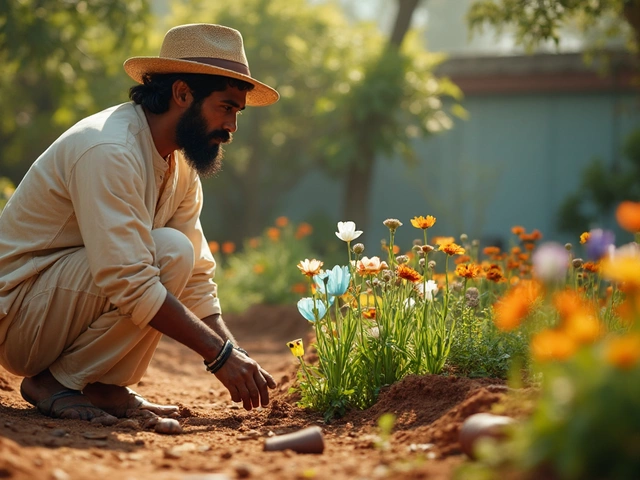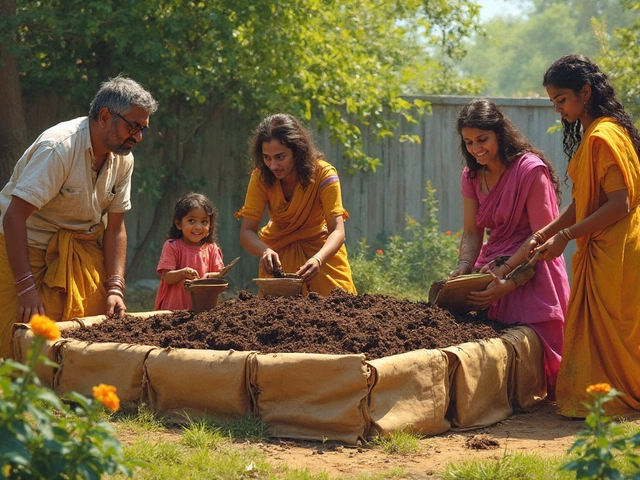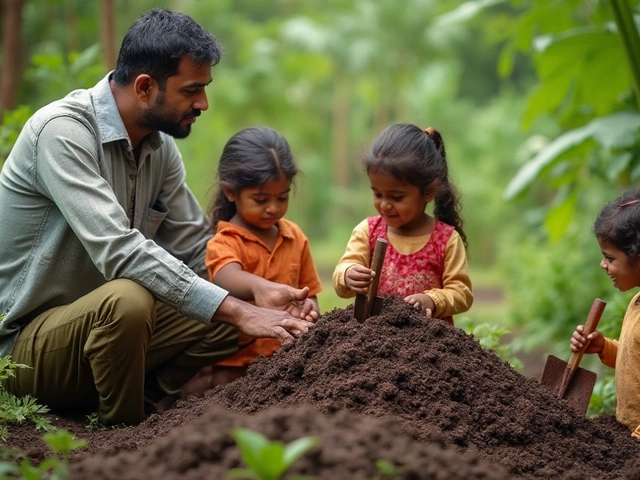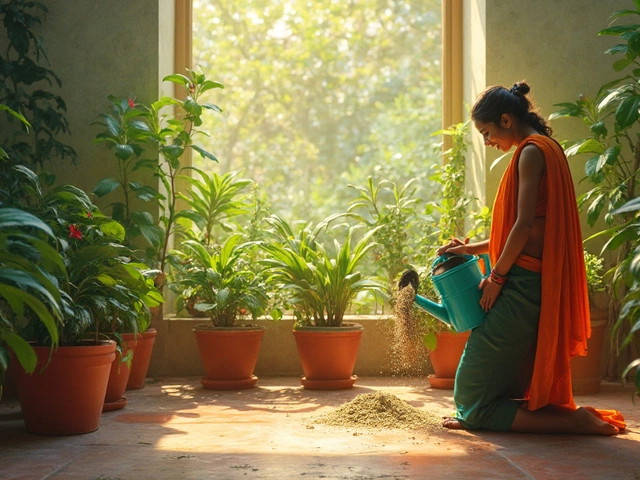Indian Flowering Seasons: A Practical Guide to Year‑Round Blooms
If you’ve ever wondered why some gardens explode with color while others look dull, the answer is usually timing. India’s climate varies a lot—from the chilly hills of Himachal to the tropical heat of Kerala—so each region has its own peak blooming periods. Knowing when flowers naturally flower in your area helps you pick the right species, plan planting dates, and avoid a lot of trial‑and‑error.
Month‑by‑Month Bloom Calendar
January‑February: Winter brings a few hardy bloomers like pansies, violas, and the ever‑popular marigold (often called the lucky flower in many Indian homes). In the north, you can also see early camellias and bougainvillea leaves preparing for spring.
March‑May: This is the classic “spring” window for most of the country. Jasmine, hibiscus, and bougainvillea burst into colour across the sub‑continent. In the Deccan plateau, you’ll spot the fragrant champa and the bright red lansium.
June‑August: Monsoon doesn’t mean garden death. It actually fuels a second wave of blossoms—think water‑lilies in ponds, lotus, and the fire‑red heliconia in the south. Fast‑growing flowering trees like golden shower (Cassia fistula) start to show off their yellow spikes.
September‑November: Post‑monsoon is the most colourful period. The iconic Indian rose, marigold, and myriad roses fill markets. In the north, the stunning Gulmohar (delonix regia) lights up streets with orange‑red clusters.
December: As the dry season settles, evergreen shrubs such as jasmine continue to fringe balconies, while gardeners often add indoor houseplants to keep the vibe alive.
Choosing Plants for Your Region
Match plant choice to climate zone. In hot, dry areas (Rajasthan, Gujarat), pick drought‑tolerant species like bougainvillea, desert rose, and cactus‑flower hybrids. In humid coastal zones (Kerala, Goa), go for water‑loving lilies, hibiscus, and ornamental grasses.
If you love fast results, consider the “Fastest Growing Flowering Trees for Indian Gardens” like royal poinciana, neem‑flower, and the quick‑blooming Indian sandalwood. They give you shade and a splash of colour within a couple of years.
For cultural enthusiasts, the “luckiest flower” in many Indian homes is the marigold. Plant it in the entrance during festivals to invite good vibes. And if you’re after the most eye‑catching blossom, look up the “Most Beautiful Flower in the World” list—many Indian gardeners love the delicate blue poppy (Meconopsis) for its rarity.
Practical tip: always stagger planting dates. Plant a batch of seeds in early March, another in late March, and a third in early April. This spreads the bloom period and ensures you have flowers even if one batch gets hit by unexpected frost or heat.
Finally, remember soil health. Adding compost in early spring improves drainage for heavy soils, while a thin layer of mulch in monsoon protects roots from water‑logging. Healthy soil equals stronger, longer‑lasting blooms.
With this month‑by‑month guide and regional plant picks, you can plan a garden that stays vibrant all year. Start with a few easy‑care species, watch the seasons roll in, and then expand to the more exotic options. Your garden will thank you with a continuous parade of colours, scents, and perhaps a little extra luck too.
Flower Blooming Seasons in India: Best Months for a Colorful Garden
Get the lowdown on the months when flowers bloom in India, how regional climates shape bloom times, popular flower picks, and tips for year-round floral beauty.
About
Flower Gardening
Latest Posts


How to Fill a Raised Garden Bed Cheaply: Soil Hacks That Save Big
By Alden Thorne Apr 27, 2025

Mastering Organic Composting with Effective Activators
By Alden Thorne Jan 26, 2025

Most Unsustainable Thing? Grass Lawns and the Gardening Problem
By Alden Thorne May 3, 2025

